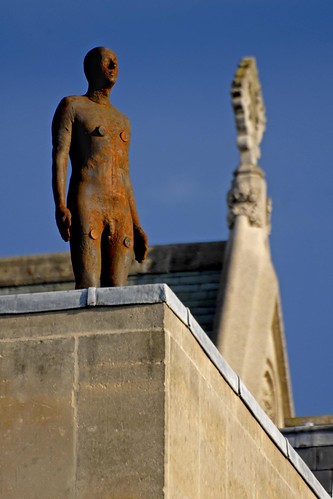Another artist's work that I have recently become acquainted with is that of Jason de Caires Taylor (http://www.underwatersculpture.com/). The artist meticulously models statues of real people, which he then submerges, usually in groups, into waterways in South America. Over time, the statues are claimed by the underwater life and gradually become unrecognisable as human form. The work is often incredibly shocking, reminiscent of the figures of Pompei or some tragic disaster that has left people frozen in a moment of time. I shall say no more and let the images speak for themselves...
The 'talking statues of Rome' is an ancient tradition dating back to the 16th century, whereby citizens can anonymously express their political views by posting criticism in the form of poems or witticisms on well-known public statues around the city.
Talking statues first appeared as a voice through which Romans could criticise the pope. For example, Nicholas V was sharply criticised for a brutal repression of a conspiracy in the short poem:
Da quando è Niccolò papa e assassino,
abbonda a Roma il sangue e scarso è il vino.
Since Nicholas became pope and murderer,
blood is abundant in Rome while there is lack of wine.
Pasquino (above) was the first talking statue and is still used occasionally. The name is derived from the word pasquinade which means a short satire exhibited in a public place. Ruling popes wanted to rid the city of such statues, but feared ridicule for punishing a statue. They put Pasquino under surveillance, which inspired an increase in the number of talking statues. The statues would then have dialogue between one another, allowing conflict of opinion and discussion.
What an interesting method of communication and dissent! Who would have thought that statues could be used in so many different ways?

















No comments:
Post a Comment